The no-nonsense design of the Volkswagen ID.3
A straightforward interface and airy, light-filled interior spaces characterize this successful EV
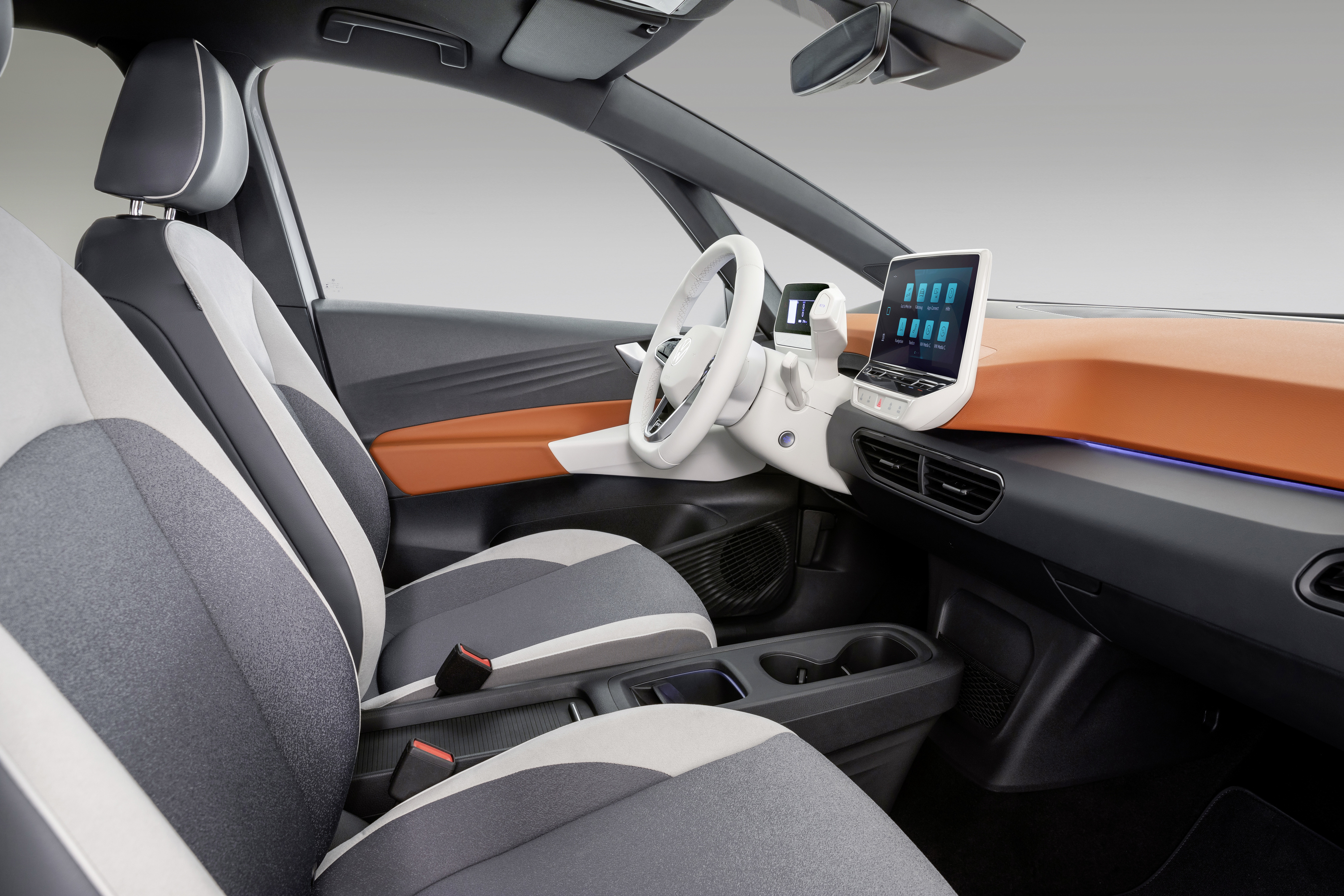
Sometimes a new car can be overwhelmed by anticipation. That was very nearly the case with Volkswagen’s ID.3, an all-electric model that has been teased and trailed for over four years. In that time, EVs have evolved and matured to the point where they’re no longer the leftfield choice – for a majority of people, going electric is now their first option. Admittedly there still aren’t that many modest-sized EVs on the market, with Nissan, Kia, Renault and others starting to fill up the yawning space below the pricier offerings from Tesla, Jaguar, Porsche and the big three German manufacturers. Volkswagen is hoping to go to the top of this pile.
If there’s any criticism of the production ID.3 it’s that it isn’t really the game-changer it could have been, certainly not in the way that its distant ancestors the Beetle (1950) and the Golf (1974) were back in their day. For a start, the ID.3 presents no automotive design revolution; it’s a conventional five-door hatchback, with a body shape that appears mildly over-polished, like a piece of used soap. These days, car makers are inherently conservative – consistency is a safer way of protecting the bottom line than an all-out revolution.
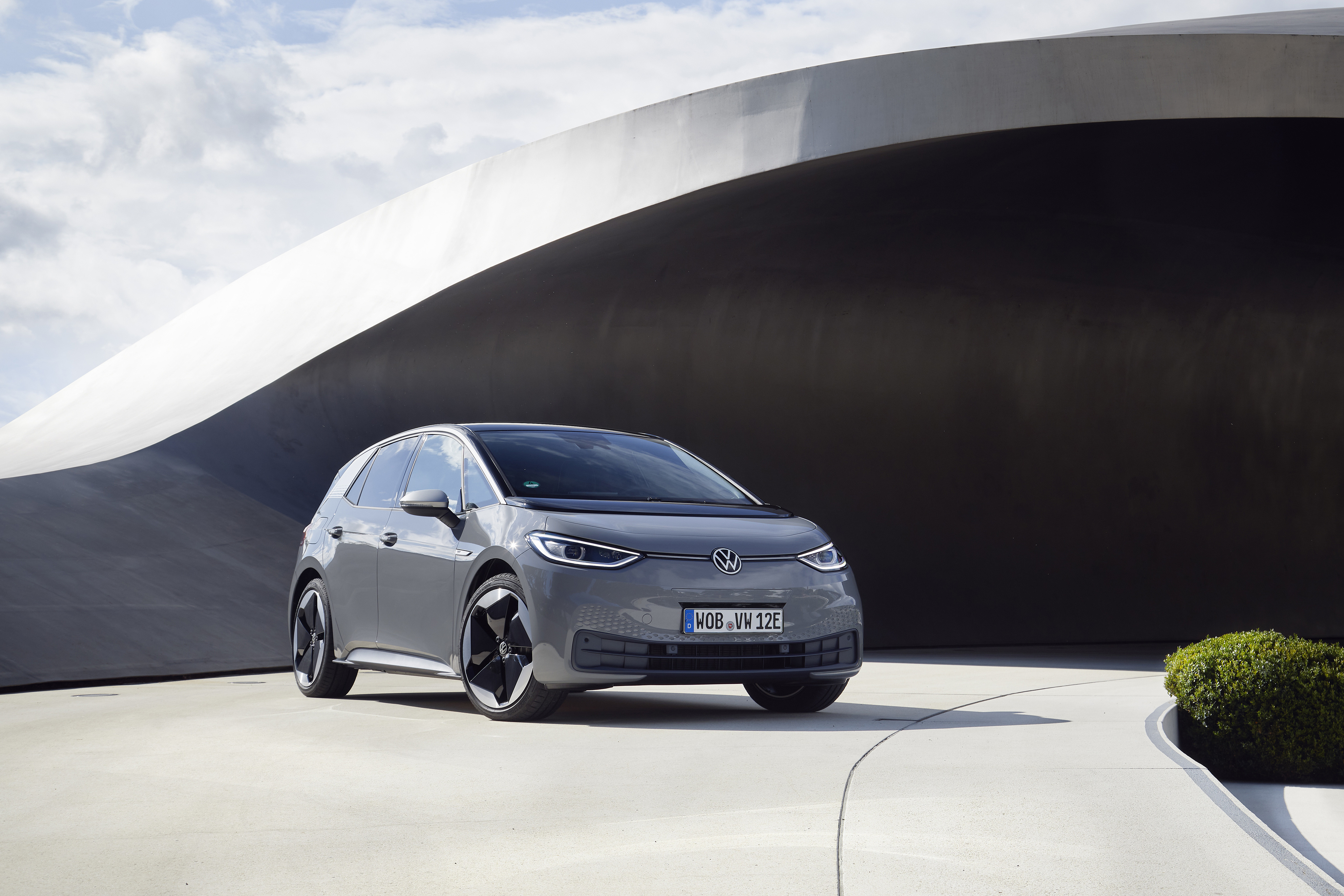
That’s why the ID.3 wears its technology lightly. The detailing, inside and out, is excellent, with no-nonsense VW switchgear and graphics, a straightforward interface and airy, light-filled interior spaces. The ‘one-box’ hatchback design has clean surfaces, and no fussy edges. Cutting edge tech is subtly implemented. Inside, a band of light runs across the top of the dash that can flash red to warn of upcoming hazards, blue to indicate lane changes or white in response to voice commands, while an optional Head-up display puts the most essential info onto the screen in front of you.
Although it’s basically the same size as a Golf, VW have made the most of the ID.3’s bespoke electric platform and its underfloor batteries to expand the interior dimensions in every direction. Pair this with an optional panoramic glass roof and you get an interior that feels like it belongs in a much larger car, especially in the back. With the ID.3, Volkswagen has hit upon the optimum size for a modern electric car. This alone is a breath of fresh air. The relentless upscaling of car models has long been a criticism of the auto industry and it’s a trend that electrification is doing very little to address; most prestige EVs are SUV scaled to soak up the space and cost of batteries. Case in point – the ID.3 will soon be joined by the ID.4 electric SUV, and then in a year so we’ll get the ID.5, rumoured to be a large saloon/estate car combo. In an ideal world, there would be an ID.1 and ID.2 on the horizon as well – perhaps even an ID.0. In an electrified future, how much longer will the ‘bigger equals better’ equation survive?
This is a digression, because the ID.3 is here right now and it is nothing short of excellent. Whatever the company’s future strategy, this modest but meticulous EV deserves to do brilliantly. The debut ‘First’ limited edition trim, shown here, is joined by no less than seven variants, with different levels of tech, range and price, starting from the base ID.3 Life model all the way up to the ID.3 Tour, which promises a class-leading range of 336 miles. Just like the Beetle and the Golf before it, the ID.3 is as much car as most people will ever need.
INFORMATION
Volkswagen ID.3, from £29,990 (Life spec) to £39,290 (Tour spec)
Wallpaper* Newsletter
Receive our daily digest of inspiration, escapism and design stories from around the world direct to your inbox.
Jonathan Bell has written for Wallpaper* magazine since 1999, covering everything from architecture and transport design to books, tech and graphic design. He is now the magazine’s Transport and Technology Editor. Jonathan has written and edited 15 books, including Concept Car Design, 21st Century House, and The New Modern House. He is also the host of Wallpaper’s first podcast.
-
 All-In is the Paris-based label making full-force fashion for main character dressing
All-In is the Paris-based label making full-force fashion for main character dressingPart of our monthly Uprising series, Wallpaper* meets Benjamin Barron and Bror August Vestbø of All-In, the LVMH Prize-nominated label which bases its collections on a riotous cast of characters – real and imagined
By Orla Brennan
-
 Maserati joins forces with Giorgetti for a turbo-charged relationship
Maserati joins forces with Giorgetti for a turbo-charged relationshipAnnouncing their marriage during Milan Design Week, the brands unveiled a collection, a car and a long term commitment
By Hugo Macdonald
-
 Through an innovative new training program, Poltrona Frau aims to safeguard Italian craft
Through an innovative new training program, Poltrona Frau aims to safeguard Italian craftThe heritage furniture manufacturer is training a new generation of leather artisans
By Cristina Kiran Piotti
-
 Peugeot’s sparky 308 gets hybrid power and handsome lines
Peugeot’s sparky 308 gets hybrid power and handsome linesThe Peugeot 308 proves that mass-market design needn’t be dull, blending hybrid power with sharp lines and excellent detailing
By Jonathan Bell
-
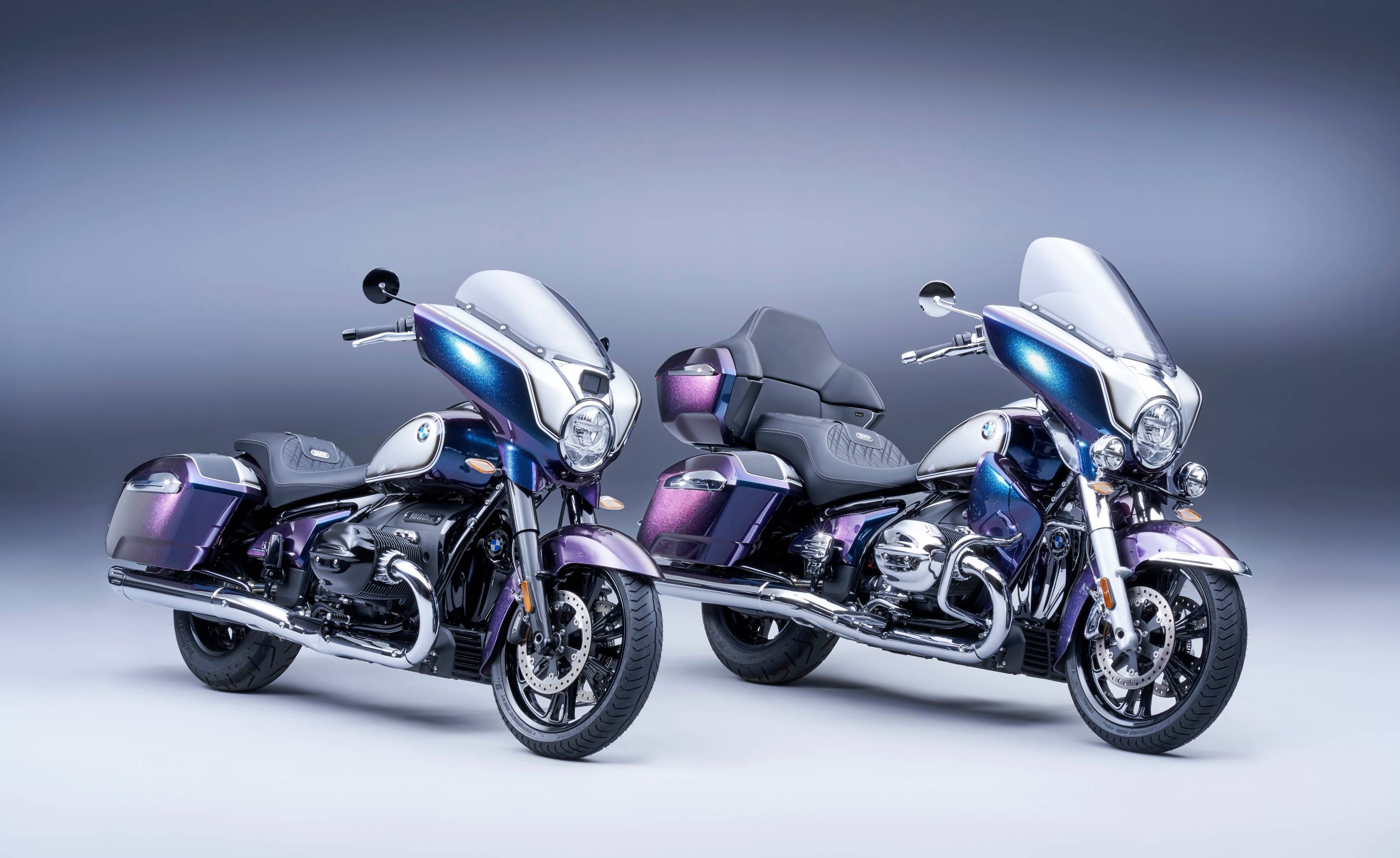 BMW Motorrad brings out the big guns for its newest cruisers
BMW Motorrad brings out the big guns for its newest cruisersBMW Motorrad R 18 Bagger and Transcontinental set the tone for high-voltage cruising with a brand collaboration with speaker specialist Marshall
By George Chapman
-
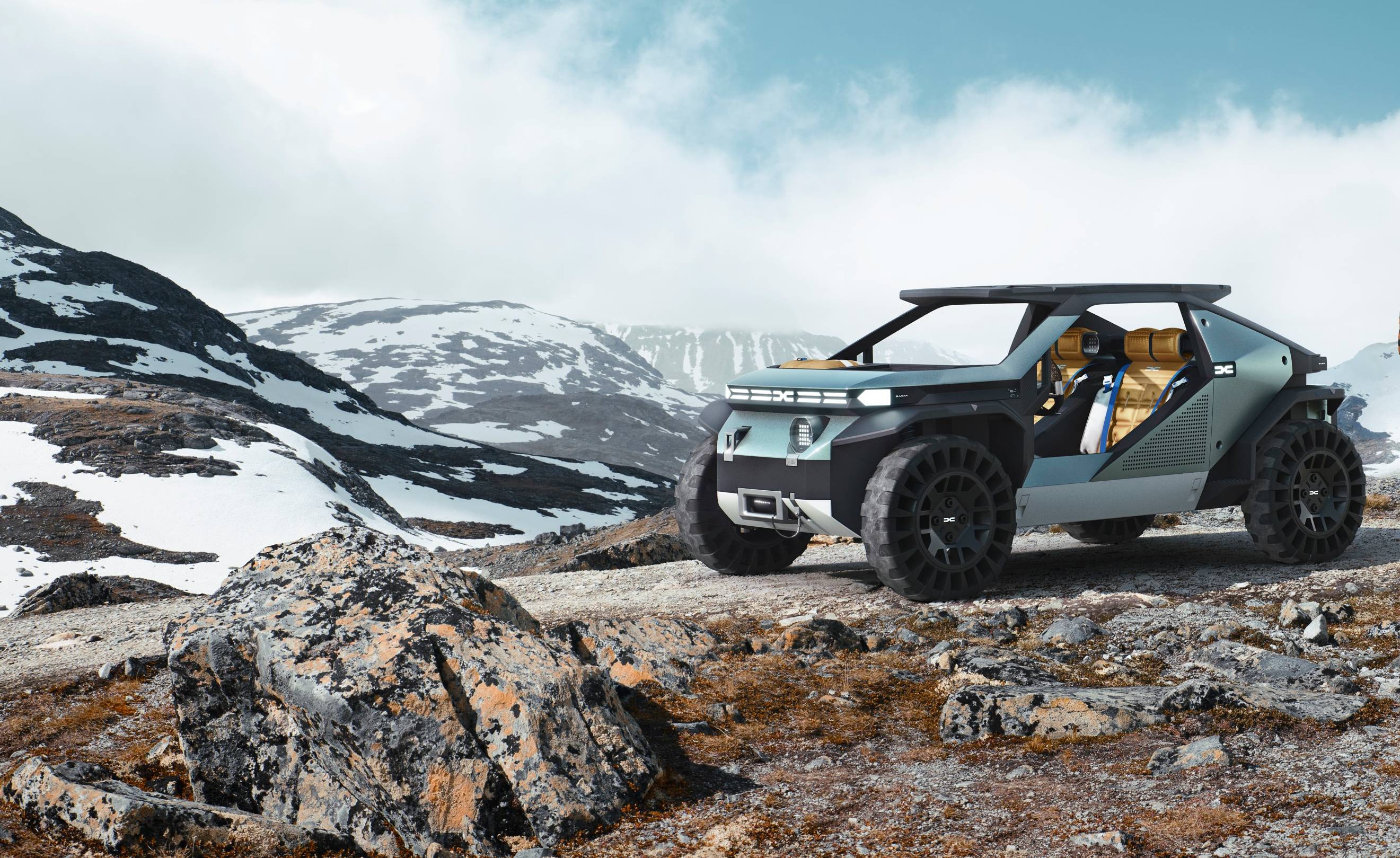 Dacia’s new Manifesto concept is a true outdoor utility vehicle
Dacia’s new Manifesto concept is a true outdoor utility vehicleUtilitarian auto brand Dacia sets a bold new agenda with its Manifesto, a concept car pitched at the active outdoor market
By Jonathan Bell
-
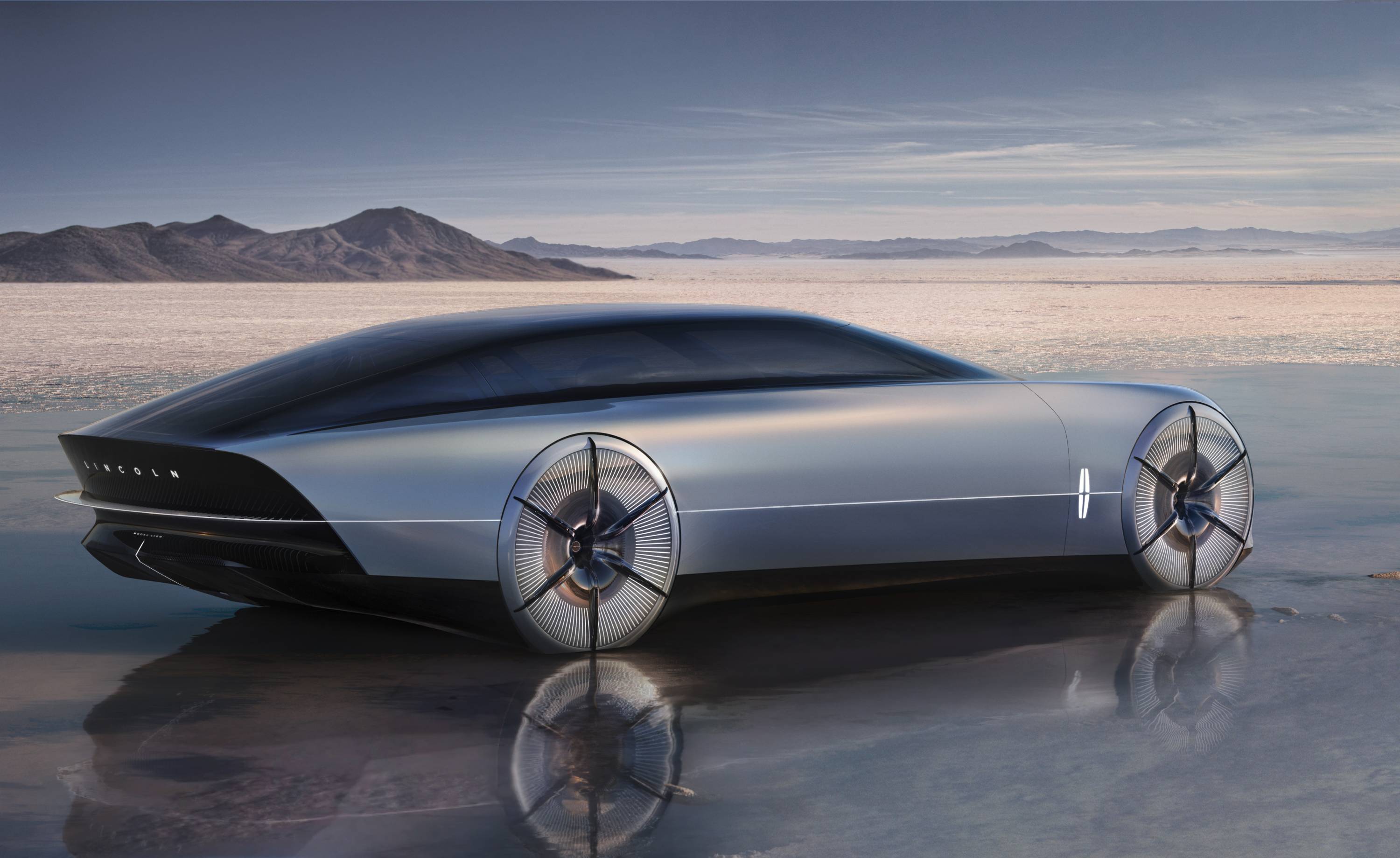 The sun sets on traditional supercars at California’s Monterey Car Week
The sun sets on traditional supercars at California’s Monterey Car WeekMonterey Car Week, the world’s most prestigious car gathering, is showcasing ever-more extravagant special editions, coachbuilt cars and all-new electric concepts. Here are seven key machines from 2022
By Rory FH Smith
-
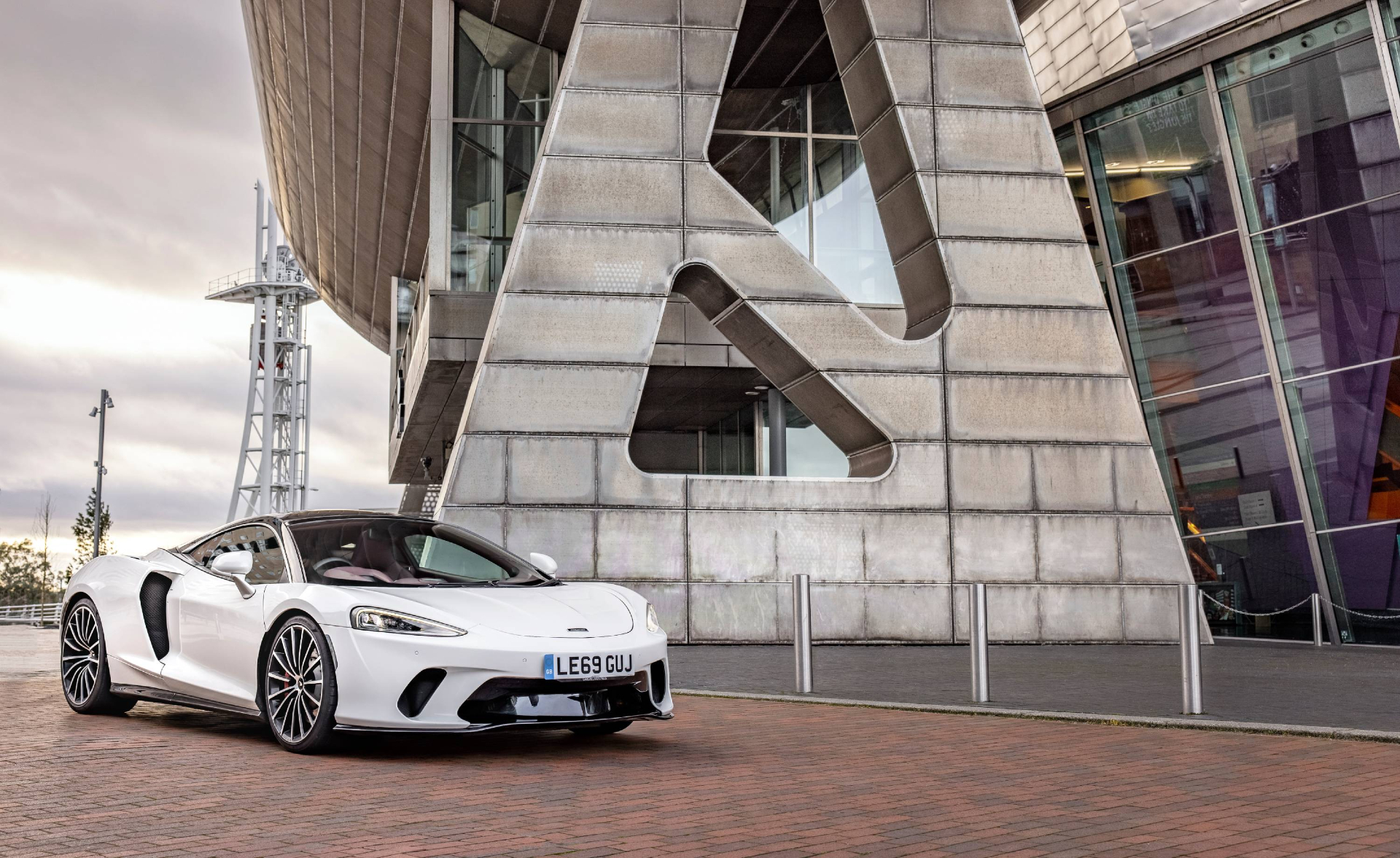 Is McLaren’s GT a sports car, a tourer, or the best of both?
Is McLaren’s GT a sports car, a tourer, or the best of both?The McLaren GT is a capable all-rounder dressed up in svelte supercar clothes. It might also be the last of its type
By Jonathan Bell
-
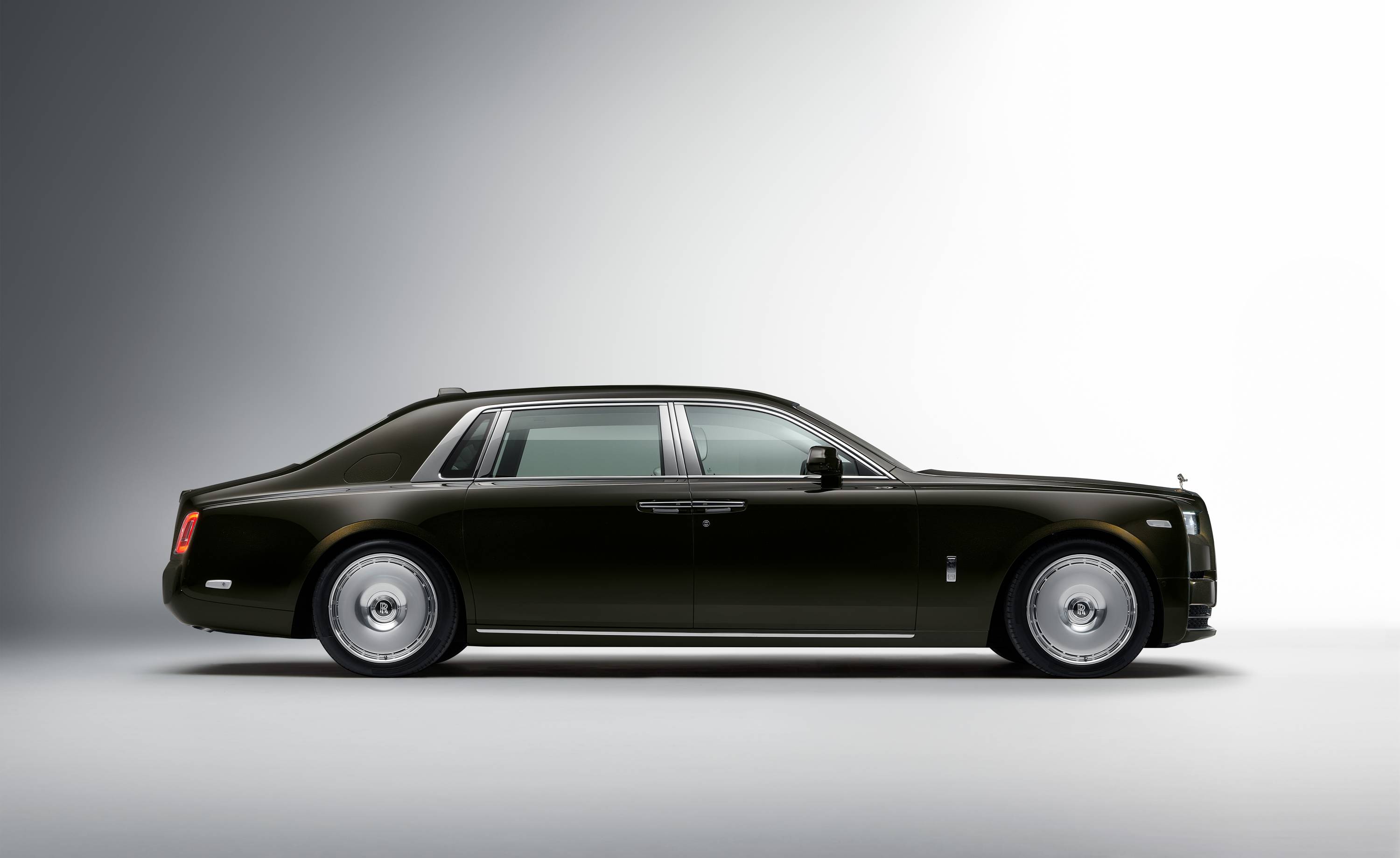 Rolls-Royce puts the Phantom back on its lofty pedestal
Rolls-Royce puts the Phantom back on its lofty pedestalA mid-life refresh ensures the flagship Rolls-Royce Phantom Series II is at the top of its game, a last hurrah for traditional engines before an electrified future
By Jonathan Bell
-
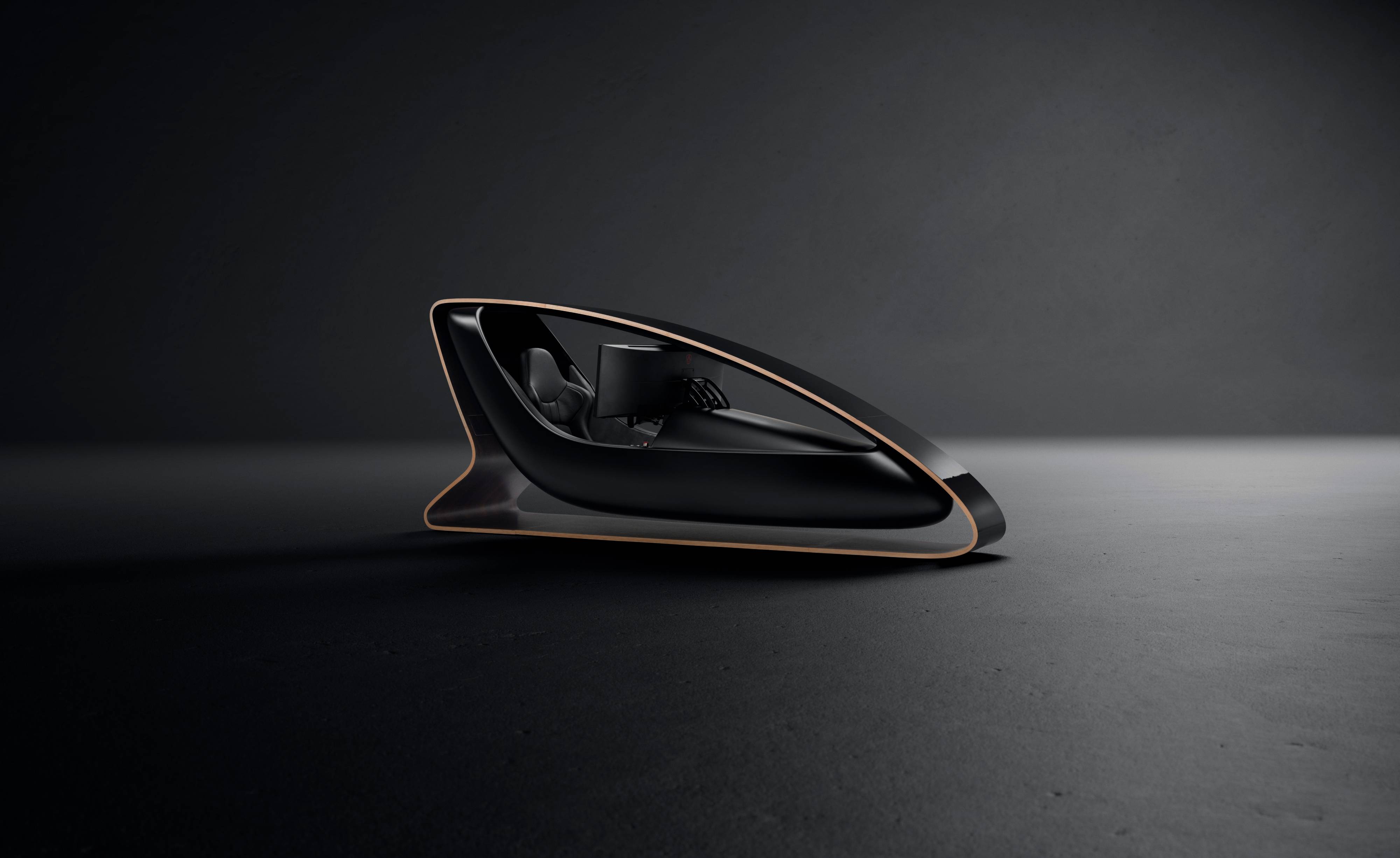 Prodrive’s new racing simulator is shaped by Callum to be front of the grid
Prodrive’s new racing simulator is shaped by Callum to be front of the gridThe racing simulator shapes up – this new design from Prodrive and Callum is honed for the high-end games room
By Jonathan Bell
-
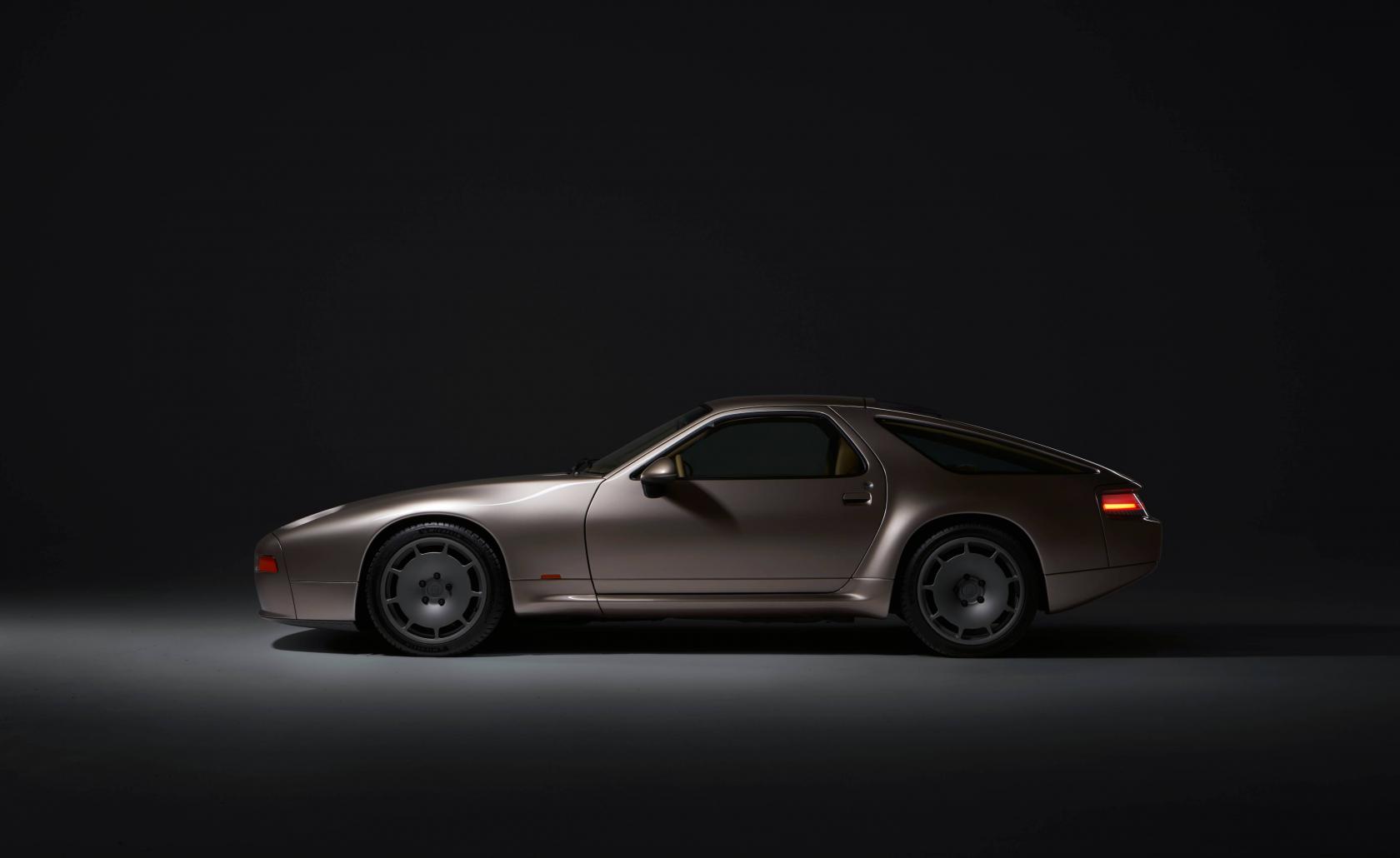 928 by Nardone Automotive: a restomod Porsche with Gallic verve and Italian style
928 by Nardone Automotive: a restomod Porsche with Gallic verve and Italian style928 by Nardone Automotive is a gracefully modernised version of Porsche’s endearingly different 928
By Jonathan Bell